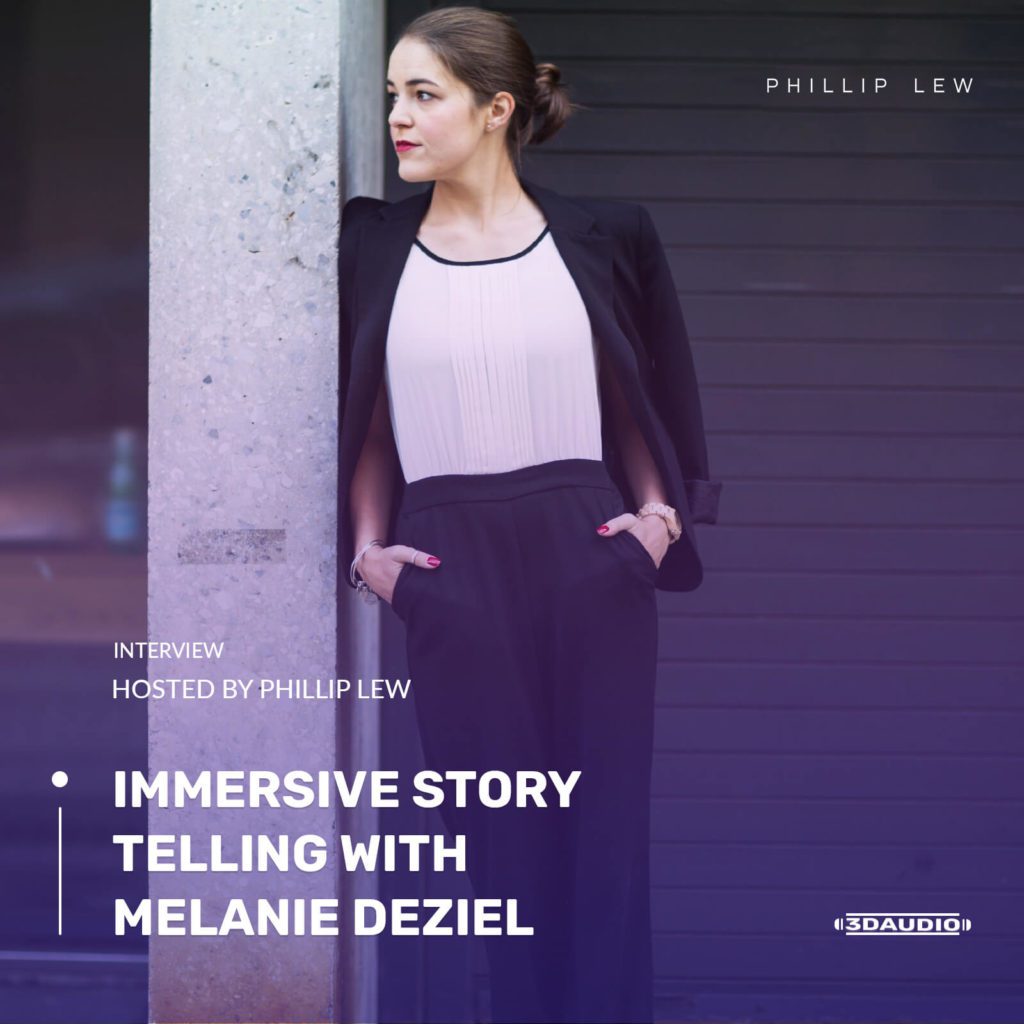
00:00
Paused.
Book Phillip to speak at your next event!
Immersive Story Telling with Melanie Deziel
PHILLIP
Advertising, after all, deals with the communication of ideas, and what better format to share ideas with your audience in truly developed and powerful stories that capture your target market’s tension? So in this interview segment of Innovators, I’ve decided to invite Melanie Deziel to the show. Now, Melanie is a brand storytelling keynote speaker, and the founder of StoryFuel. She’s been recognized as one of the world’s leading experts on native advertising. And she’s also a leading influencer in the field of content marketing.
I decided the first question I wanted to ask Melanie was her take on what storytelling is, and how it fits into a greater digital marketing strategy.
MELANIE
Sometimes, the story could be as simple as you’re asking your partner, how was your day, and they’re giving you somewhat of a chronological retelling of what they did for lunch and what happened at work, or, you know, maybe your child telling you what happened at school. That is a story as much as a big investigative piece in your local newspaper about politics and big decisions being made at a local political level. And it’s just as much a story as a brand telling you their founders’ passions and why they came to form their company and what’s different about them, and their experience of coming to become the company that they’ve become.
All of these things are really finding a new perspective, collecting information, and then trying your best to present that to others in a way that’s going to get them engaged and get them curious about that journey that you’re retelling.
PHILLIP
I decided to ask Melanie, why storytelling seemed to have this transient power.
MELANIE
So I think in those cases, when you can see yourself in an experience in a story, when you can understand, “Ah, I would have to make a decision, or make a choice, or move through the world in that way, or feel that feeling,” that becomes a little bit easier for us to connect with. And as a result, if we can connect with it, then we can remember it more easily. We can retell it more easily.
I’m sure that there are psychologists and folks who can give us the real science behind why we might relate to those things better. But in my experience, it’s just the ability to see yourself in stories that allows it to mean more to you and to connect more.
PHILLIP
But for me, storytelling seems next level, because with storytelling, now we’re interested in the main character and why they purchase the product. What are they feeling? What is their perspective on life? Why is this product relevant for them? What’s the emotional context of their purchasing experience? At this point, I found myself getting electrified by the promise of using great stories in marketing. So I decided to ask Melanie to really be specific and talk about how to come up with creative storytelling ideas for your business.
MELANIE
And I think that’s true of so many creative endeavors that…not to undermine, of course, the craft that’s required to master piano or to become a painter, but like anything, if you don’t practice, you will never get better. So, you know, I think creative endeavors like idea generation or coming up with content ideas, there’s a lot of little things you can do to, kind of, enable yourself to approach that in a more open way. I think the most important thing is to acknowledge what we just talked about, that it’s not this mysterious thing that’s dictated by luck, or a muse, or some innate genius, that it is a skill. That it’s learning how to train your brain to think within specific confines when you need it to. That’s the same thing that we do in other areas of our lives. When we need to think of a word for something, or when we’re working on a crossword puzzle, or any number of other activities, you’re just training your brain to think in a certain way.
If coming up with more content ideas is something you want to work on, then one of the things you can do is figure out what are those confines for my brand? What are the lanes I should stay in, or the spirit of influence that I should stay within when I’m coming up with those content ideas? Because that will guide you towards thinking, you know, in the right realm. For example, I always say that there are, broadly speaking, [inaudible 00:07:37] three categories of stories you can tell as a brand. And to help you remember it, it’s P, R, and E.
So, it’s the product-based stories. It’s stories about the role, that’s the R. The role you play in your customer’s life. And then there’s emotional stories, so stories that, like…like our IKEA story, right? Where it sort of taps into that emotional feeling of abandoning this lamp outside, it sort of makes you have some sort of emotional connection. It’s often furthest from our product, but still relevant. And that’s making you feel something about the brand.
Instead of sitting down and saying, “I’ve got to come up with some genius content campaign,” what if you sat down instead, “I need to come up with an idea that helps explain the role we play in our customer’s life.” And then you add a confine of a format, right? So I know, for example, that at this point, I only have the resources to tell this story as a blog post, as a written post. Or I would like to tell this story as a video. Now, suddenly, you’ve given yourself both a format, right? It’s either a video or a written post, and you’ve given yourself a focus. I want to tell a story that’s focused on the role we play in our customer’s life.
Now, it’s not this mysterious thing that has to come out of thin air, but it’s really a, sort of, a guided brainstorm. And at that point, it becomes much less scary and mysterious and much more guided. And so, giving yourself some of those confines, I think, can be very, very helpful when it’s time to come up with the content. It’s like giving yourself guardrails and pointing your brain in the right direction.
PHILLIP
Step 2. Create, as Melanie explained, the confines by asking yourself, “Do you want to focus on a product-based story, a role-based story, or an emotional story?” Step 3. Generate creative and good ideas by asking your brain smart questions. For example, you could ask yourself, “What kind of story would illustrate the role that our product plays in the life of our customer?”
Now, at this point, I decided to shift gears with Melanie and talk about her use of native advertising. Know why she felt native advertising was an effective way to distribute story-based marketing.
MELANIE
You’ve seen in your main newsfeed sponsored posts, right? And these posts, coming from an advertiser, take the exact same form as what you’re used to seeing there, right? They’re not banner ads and squares in between posts from your friends. They’re similarly posts with text or a link or an image, and they’re coming from a profile of either a person or an organization, and they give you the same options for how to interact, you can like, you can comment, you can share. So that’s very native to that experience. That ad is fitting and belonging with what you expect from a newsfeed.
When we’re talking about content and we’re talking about native advertising on a platform that might be a publisher, so think of BuzzFeed or the Huffington Post, or The New York Times or Sports Illustrated, whatever your favorite news magazine, etc., publication is. What’s most native in those environments is not posts, like on Facebook, it’s actually content. So, it would be maybe an interview, or a video, or a list of some kind, like on BuzzFeed, right? A list of gifts, for example.
Native advertising in a content context, like we’re talking about, means finding a publisher that captures the audience you want to capture, and paying for a chance to collaborate with them on content that their audience is going love because it’s going to fit that same form and function. You get a chance to tell your brand story in an environment that your audience knows, likes, and trusts. And you get a chance to learn how to tell stories from someone who is great at capturing your audience with their own storytelling skills.
If it’s done right and it’s done ethically, of course, being able to tell these kinds of collaborative stories on a well-selected publishing platform can actually help you, kind of, get a shortcut and reach your audience with really quality content that these expert creators are helping you to make. And we’re, sort of, shortcut to success, right? Because I’m sure if any of you have experimented with brand content, you do have this experience sometimes of working on this awesome piece of content. And if you’re just starting out, you put it up on your YouTube channel, you put it up on your blog, and it gets five views. And it’s so frustrating because you know it’s good and you know your audience would love it, but you just haven’t built that audience yet.
And so, I think native advertising where you find someone, a publisher who has that audience already, and you collaborate and put your content there on their platform, it gives you that opportunity to reach that audience with quality, co-created content that’s going to be able to tell your brand story to an audience in a way that’s going to be appealing for them, and hopefully, help you achieve your goals, as well.
PHILLIP
MELANIE
The most important thing, I would say, is if you want to get started, you need to first identify where are the publishers that make sense for you to partner with? And there’s a tendency in the same way when we think about public relations, we all want to be on the New York Times, we want to be on the Today Show, right? You want to be on those big, big places, but there’s a really strong chance that those are actually not the place where your exact audience is. It may be more beneficial for you to find a small, local publisher who captures your exact local audience. Or a niche online blogger who captures people who are extremely passionate about your exact thing, and that’s going to be much more impactful.
It’s going to have a much bigger impact, and it’s going to be much less expensive, given the smaller nature of it, than trying to get yourself onto The New York Times in a paid placement or trying to get yourself into one of these big national TV shows with some sort of paid placement.
Look for the right audience. That’s the first step. Where is my audience? Who do they trust? Who do they listen to? Who do they watch? Who do they read, etc. It’s important to note that there’s also a good chance that you see some blurring of lines between influencers here as well. When I started out in this industry, we weren’t thinking about influencers as publishers, right, because these are just individuals, but many influencers are, in their own way, publishers now. They’re bloggers or they’re vloggers. They have a significant audience on social platforms because they’re consistently putting out content.
So you may see some blurring, as you’re trying to identify these people and these publishers that your audience trust, you may find influencers that are coming to mind as well, or vloggers or bloggers, and that’s okay. You know, many of them now offer paid opportunities to partner with them, too, so you can think of it strategically, sort of, in that same category. If you find that those influencers are a good fit, maybe it’s not native advertising with a publisher, but it probably will help you achieve the same effect.
Identifying those people is the first step, and then what you want to do is just try to figure out what does the audience expect in this environment. So when you think about a publication like The New York Times, for example, you expect in-depth reporting, you expect, hopefully, content you can trust that’s been well-sourced. You expect something that’s pretty objective, right, so it’s going to be sort of a newsy approach.
But when you think about a publication like BuzzFeed, you know, you’re expecting something probably funny, something really, social media optimize, something very visual, right, whether it’s gifts or images. And honestly, probably something in a numbered list format or a quiz. We have to, sort of, take a look at whichever partner you select and try to figure out what content belongs here, what content is native here.
And then what you have there is, sort of, those prompts we talked about before. Now you know I need to think of a piece of content on these topics, in this format, right, whether it’s a list, or a blog post, or an interview, or a video that’s going to fit here in this place. When you have those prompts, it becomes much easier to come up with a piece of content that’s going to be a fit for the publisher you want to partner with.
PHILLIP
So to wrap things up, we learned several great ideas. The first is that stories are as ancient as time, they’re a powerful device to share marketing messages that are relevant and emotionally engaging. Second, that anyone can come up with a creative storytelling idea. Pick a format you like and ask yourself if you want your story to be about your product, its role, or an emotional experience? Last, once you create your ad stories, native advertising is a great way to match your content with the right market, and create meaningful engagement with your customers.
Thanks for joining me again for another interview segment of Innovators, where your future is now. Melanie is a popular consultant, speaker, entrepreneur, and she can be found on her website at storyfuel.co. You can also listen to the full, unedited transcript of this interview on our website at c9digital.com.
Thanks for joining me again, your host as always, Phillip Lew, as we take you, the listener, from a place of panic to power.
OTHER PODCAST EPISODES WE THINK YOU’LL LOVE

About Phillip lew
Phillip Lew is the host of Innovators, a podcast audio experience that decodes the mysteries of exponential technology and the coming singularity. Phillip Lew is also the CEO of C9 Staff—the #1 firm specializing in deploying remote staffing teams for clients across 9 core industries.



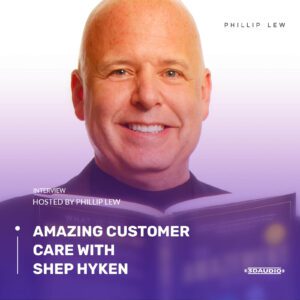
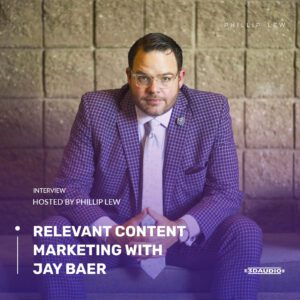

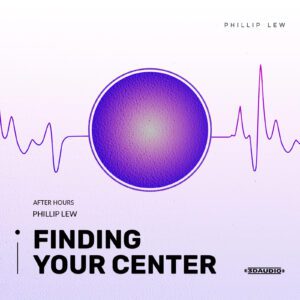
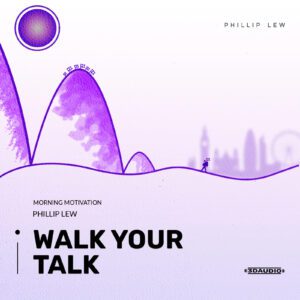
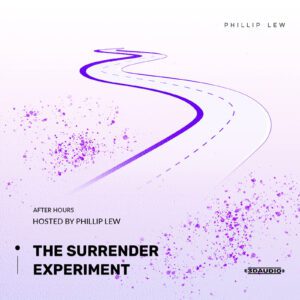
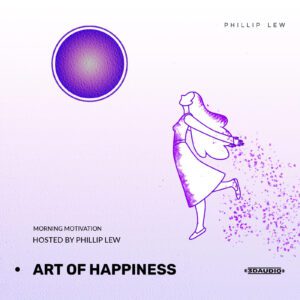

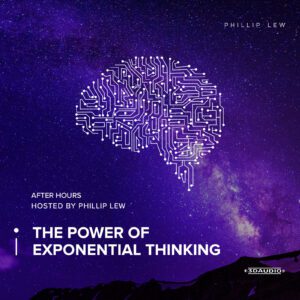
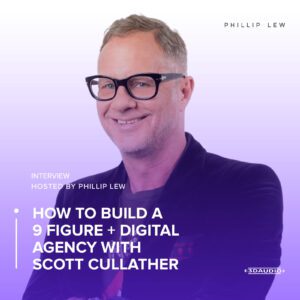
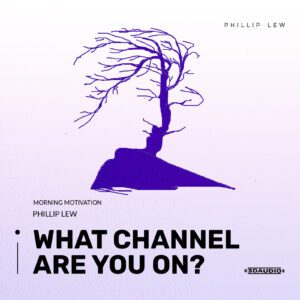
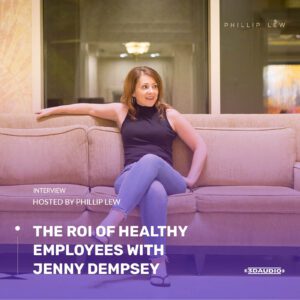
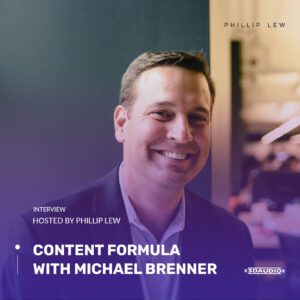
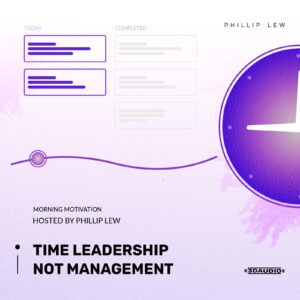
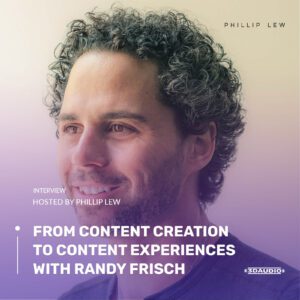
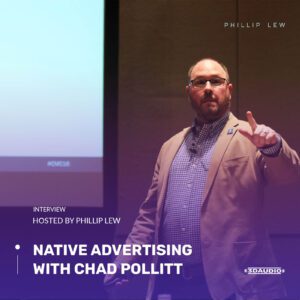
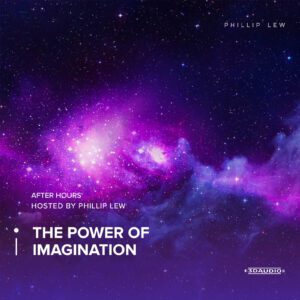
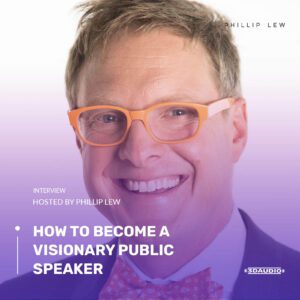
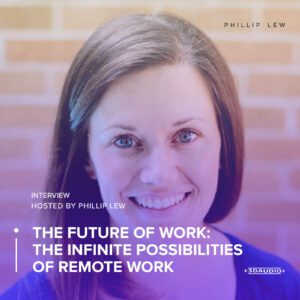
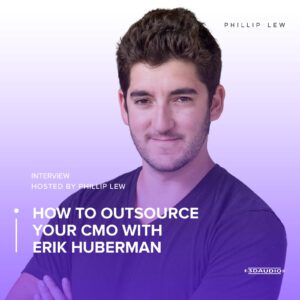

0 Comments